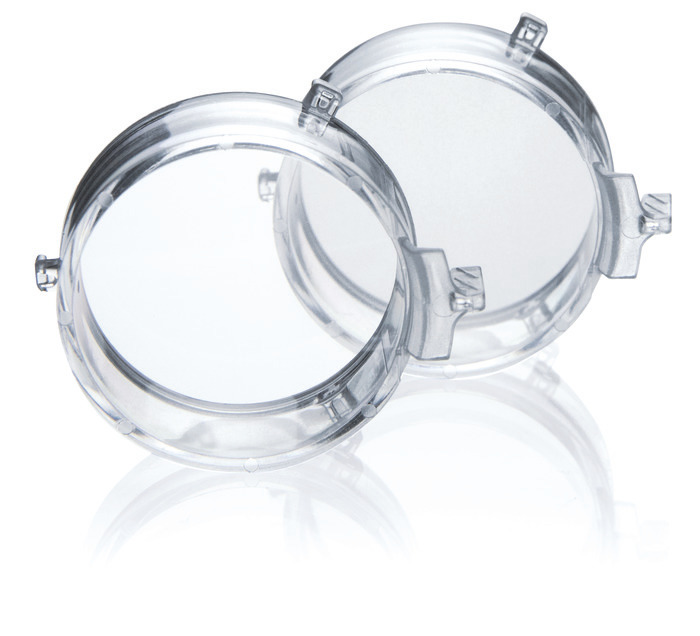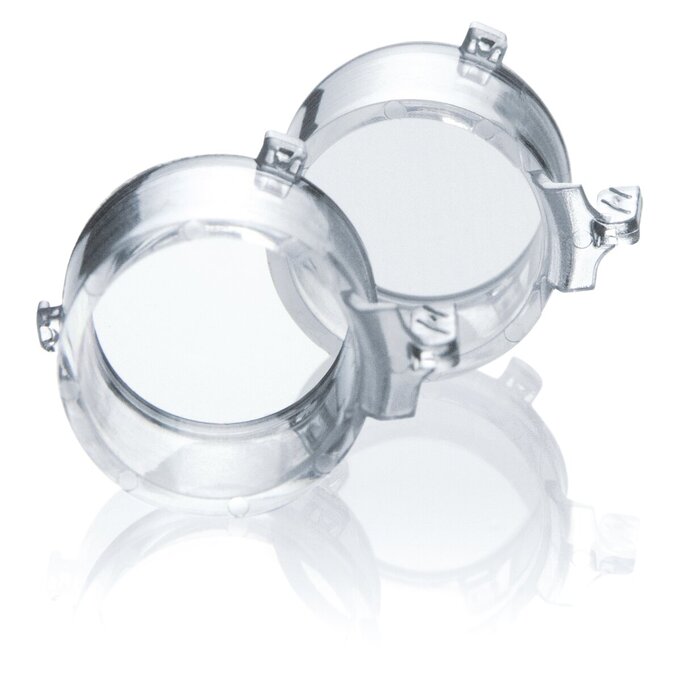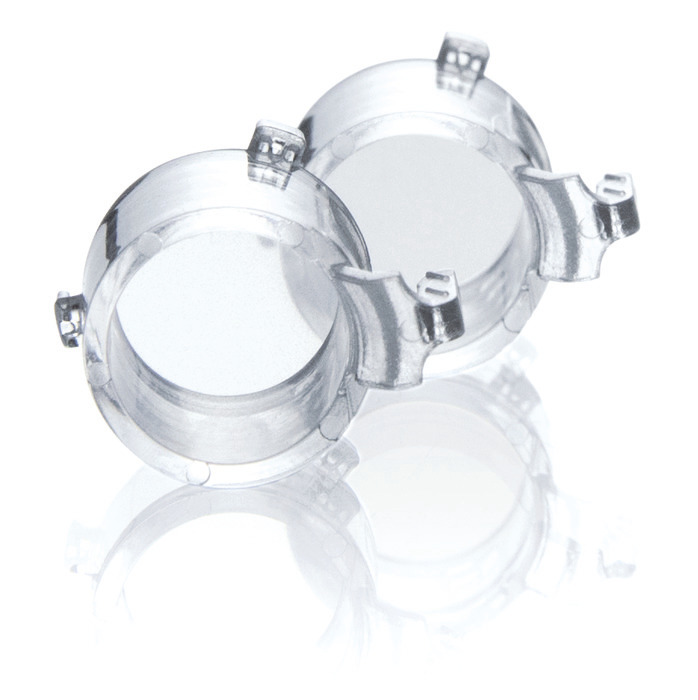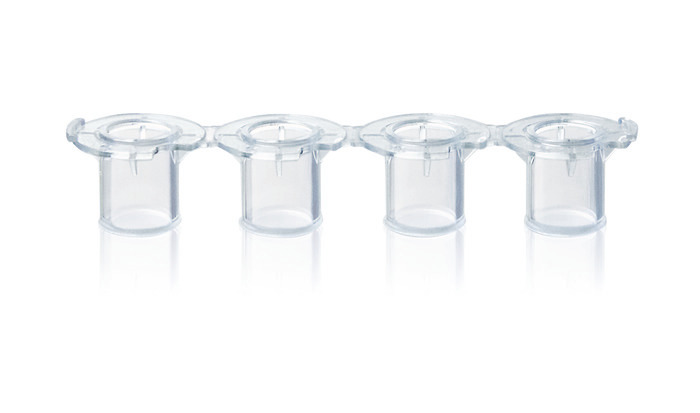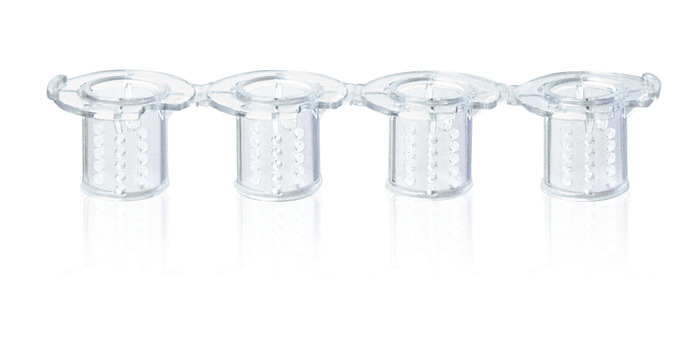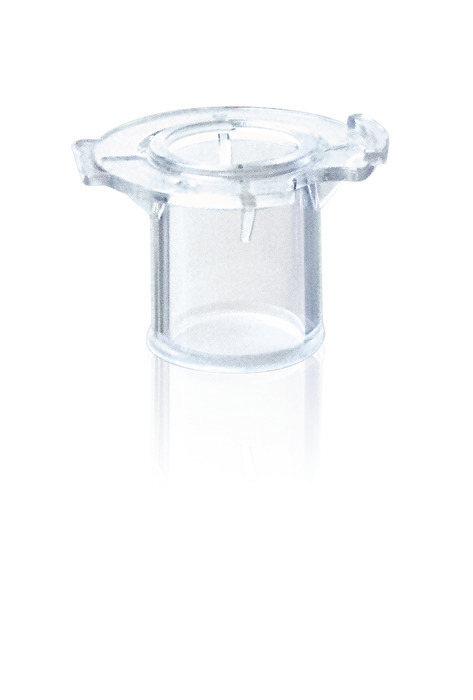Cell culture inserts
Our cell culture inserts are precision-engineered to support advanced laboratory research, including permeability assays, co-culture systems, 3D epithelium tissue modeling, and 2in1 insert systems used for skin model production, chemotaxis analyses or drug absorption studies. They feature high-quality, transparent membranes made from polycarbonate or polyester, available in a range of pore sizes to suit diverse experimental needs. Designed to fit standard multi-well plates, these inserts ensure optimal cell growth conditions and reproducibility. Sterile and ready-to-use, they are ideal for applications in toxicology, pharmacology, and cell biology research, offering consistent performance and reliable results for professional lab environments.


